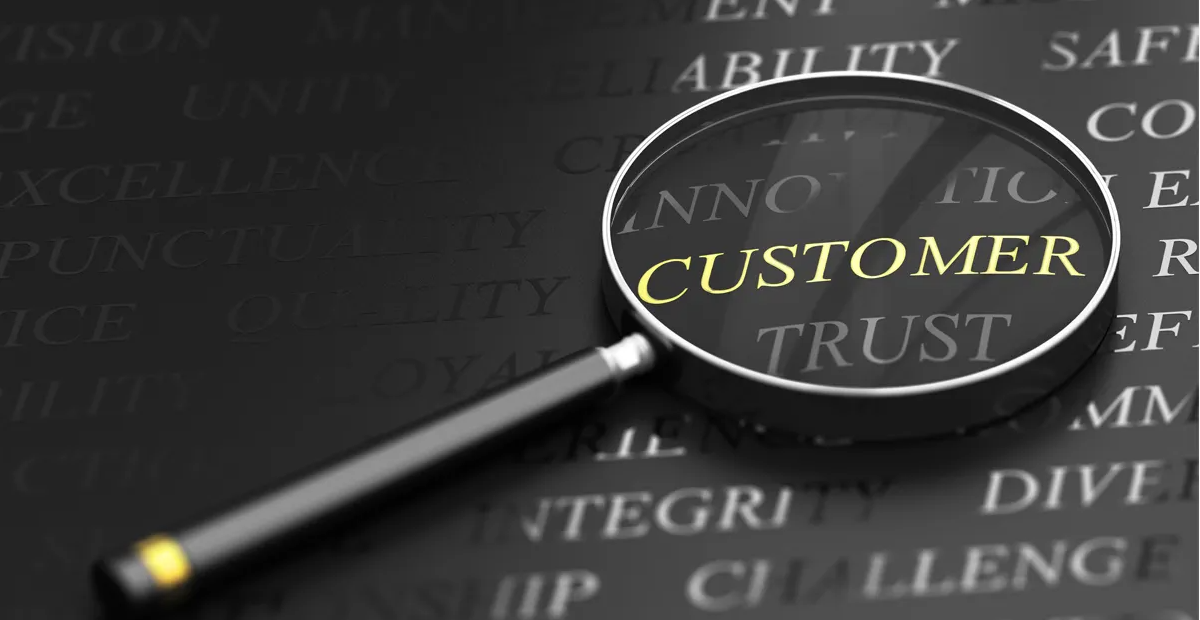Some companies squander the opportunities to build better B2B customer relationships. Here’s where they go wrong, plus five steps to enrich yours.
B2B relationships have more potential for loyalty and growth than B2C relationships, which are more transaction focused. In B2Bs, sales and customer service professionals tend to have more time to build and maintain closer relationships.
Data rich, relationship poor
Problem is, some don’t invest the time, according to research.
“Businesses have more data than ever. While this is in many ways a great thing, it also creates a dangerous temptation to spend hours and hours analyzing spreadsheets, and runs the risk of confusing quantification for true understanding,” say the researchers.
Instead, the researchers say B2B customer experience leaders want to spend more time with customers to get a deeper understanding of their wants and needs. Here’s how:
1. Spend time with the true end-users
Most B2B sellers work closely with their buyers, who sell the product to the end-user. Those B2B relationships offer plenty of opportunities for interaction and feedback. So the seller learns what the buyer wants and needs – and what the buyer thinks the end-user wants and needs.
But you can gain a lot more good insight by spending time with and observing your products’ end-users.
For instance, a snack manufacturer might bypass (or at least limit) surveys, focus groups and observations of their distributors and the parents who buy the food. Instead, they’d spend more time talking to the kids who get the snacks packed in their lunches and observing lunchrooms where kids eat, don’t eat or trade the snacks.
2. Outpace your competition
“Spending quality time with your customers is important—but spending “quantity time” matters even more,” say Hennessy and Lecinski.
For instance, some medical device companies send marketing and other customer experience professionals out to spend months in the field with or as salespeople. They spend serious time in hospitals, operating rooms and clinics. They talk to doctors, insurers, patients and administrators to get a full-eye view of the customer experience.
Researchers suggest frequent, face-to-face visits with customers to talk and observe them using your products or experience your service. Add short, inexpensive surveys and monitor social media using listening tools to get ongoing feedback.
3. Watch your end-users buy
Beyond interacting with your end-users more, watch them buy your products. You might follow their online moves or watch in-store video surveillance. Consider what they went through to get your product. Did they have to search a lot? How did they navigate the website? Was your product easy-access? Did they need help? Did they buy one or many?
When a home improvement store did this, they recognized customers found and purchased lots of products for a project. But they missed a lot they’d need to do the job. Still, they didn’t come back to get those supplies. The store figured those customers went to the competition. So they created a checklist to help customers get everything at once for the different projects they planned to do.
4. Watch customers use your product
When you watch customers use your products in their natural setting you can see which features are most valuable, less used and actually useless.
Seeing them in action gives much better insight than asking which features they use because you might not share the same language for different components or customers may not fully recognize how they use the product.
When an electronics manufacturer watched end-users in action, they saw a lot of confusion over the cords and their outlets. Customers got confused and frustrated with the product. They came up with an easy fix – matching color for cords and plugs – and immediately boosted customer satisfaction.
5. Put customers to work (sort of)
Finally, researchers suggest asking some end-users to help you in the early stages of product development. Make those who are interested partners in product development.
Some software companies use this sort of partnership for testing with their super users, and it pays dividends on loyalty. The customers try the products early and give feedback on the pros and cons to help the companies put the best products out.
Recource: Adapted from Internet
Post time: Sep-20-2022





